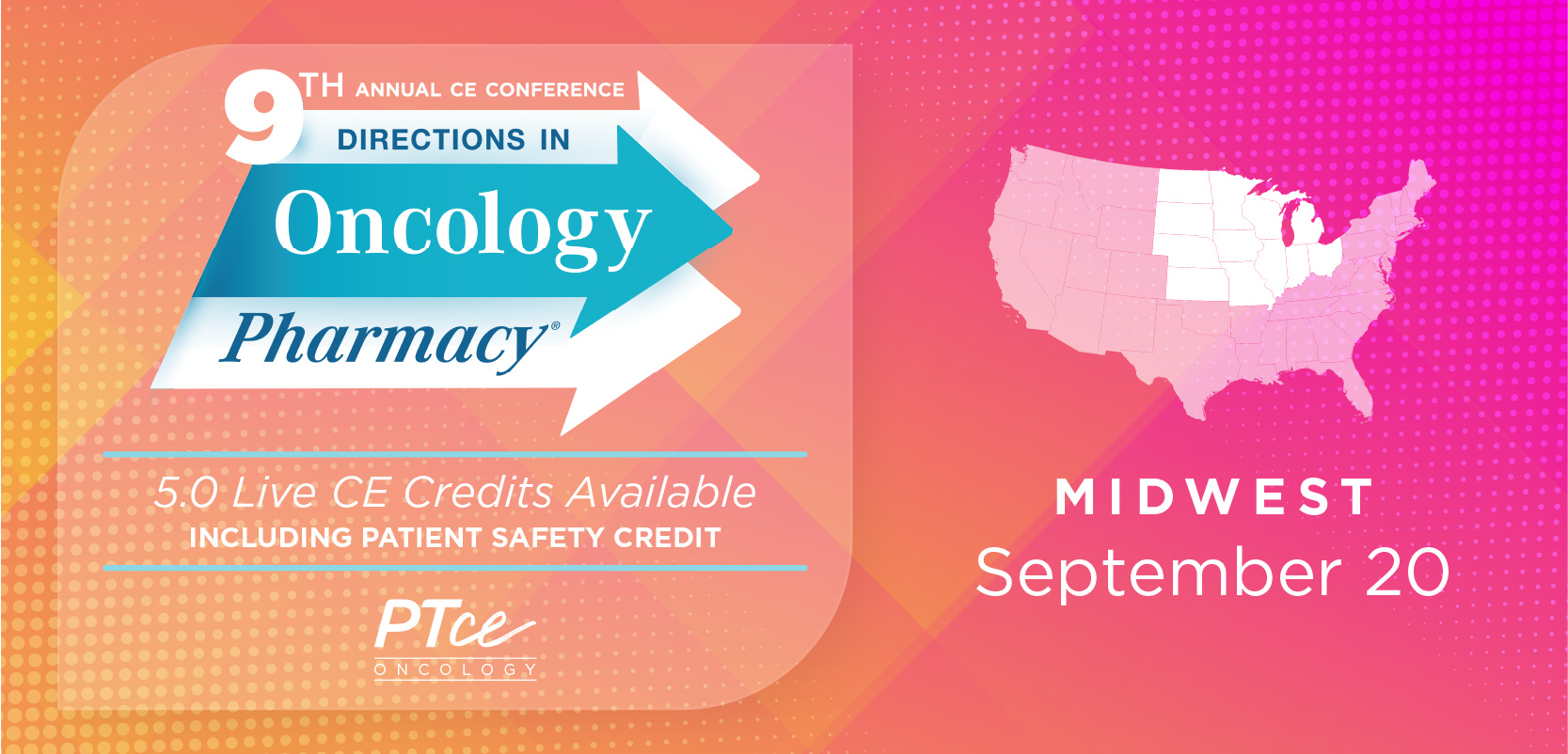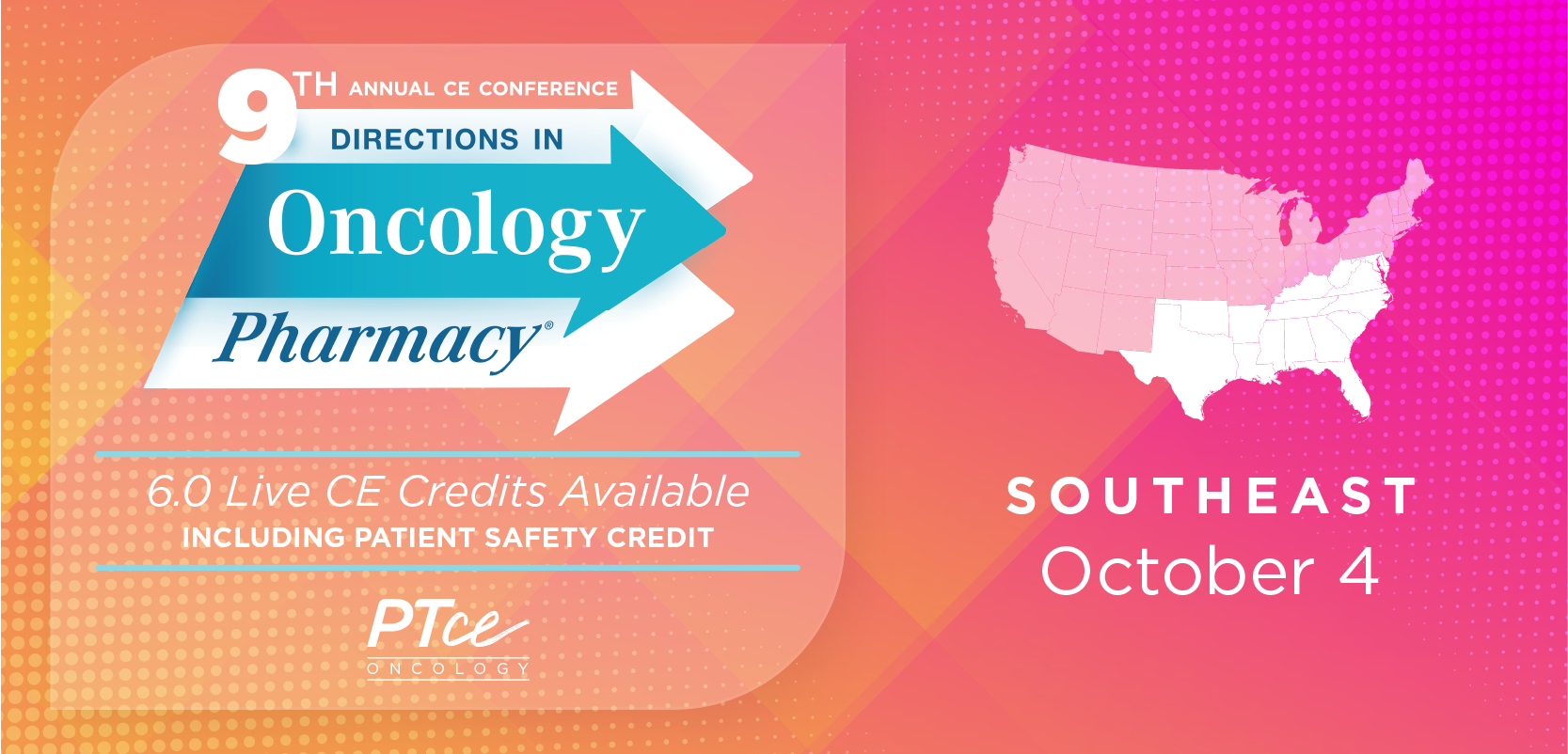Rural Health Care Pharmacists Overcoming Unique Challenges Through Innovation
Rural areas are prone to unique health care challenges that are being met with policy changes and innovation.
Health care professionals in rural areas are turning to policy changes and eyeing innovation to tackle health care challenges in these communities, according to a session presented Sunday at the
“Our rural folks are older, poorer, and sicker,” said presenter Brock Slabach, MPH, FACHE, Senior Vice-President for the National Rural Health Association (NRHA). “The populations are getting unhealthier in rural communities.”
According to the nonprofit NRHA, 15% of all Americans are living in rural areas of the United States. Those communities are facing chronic poverty and workforce shortages in health care. In addition, rural areas have less access to medical resources than those in more urban areas.
“Rural areas consume 87% of US land mass. We have a lot of distance to cover for providing care,” said Slabach.
Slabach cited CDC data that suggested that individuals living in rural areas are at greater risk of death from the 5 leading causes—heart disease, cancer, unintentional injury, chronic lower respiratory disease, and stroke—than those in urban communities.
In addition, the deaths in rural areas from opioid use is 45% higher, and increased in 2017 by 30% from the previous year.
“This is another area where we talk about vulnerable populations,” he added.
Some populations with higher poverty levels also have reported correlating unhealthy behaviors, such as poorer nutritional habits, less physical activity, and increased smoking and alcohol abuse, that put them at greater health risks, Slabach said.
According to the NRHA, 70% of rural Americans living in poverty were working in 1980. Today, fewer than half of the rural poor are working, and 1 in 3 rural counties has a poverty rate of about 20% or higher. Those statistics are especially significant in areas such as Arkansas, for example, where Medicaid recipients must fulfill work requirements to receive coverage.
“This is a policy that is a mechanism to deny coverage to patients that would otherwise not be covered,” said Slabach. “This is something that we’re monitoring across the country.”
Chronic poverty also impacts hospitals, of which closures are escalating in rural areas. “Most of them are in the deep South, and most of them are PPM hospitals,” said Slabach.
The NRHA’s efforts to improve outcomes in small communities recently received federal support in the form of appropriations that aim to benefit hospitals, such as Medicare Rural Hospital Flexibility Grants. Funding also is appropriated for telehealth programs and workforce development in rural areas, among other initiatives.
According to Slabach, 83% of all telemedicine services are being provided to rural areas. He said that technology can be expanded to reach even more patients.
Meanwhile, rural residency training programs are a way that workforce development might be improved. Slabach said these types of programs are important because residents who practice in rural areas are more likely to build careers in small communities. “These workforce development programs are critically important to the future of getting providers to rural areas,” he added.
Recent federal appropriations for combatting the opioid use crisis in the United States also included funding specifically for rural America, according to the NRHA. The $3.7 billion earmarked for treatment, prevention efforts, research on alternative pain medications, and workforce needs includes $200 million for Community Health Centers. These centers support and enhance behavioral health, mental health, or substance use disorder services in rural communities. Another $120 million in federal funding is appropriated specifically for opioid use disorder response in rural populations.
“They’ve thrown a lot of money at a very significant problem,” said Slabach. “We hope this is effective as we move forward.”
The session also touched upon the Pennsylvania Global Budget Innovation Model, the only rural-centric CMMI innovation project currently being conducted. Starting January 1, 2019, the project will run for 5 years, starting with 8 hospitals, Slabach said.
Considered a game changer for APMs, the Pennsylvania model aims to align payment systems and their attendant incentives, enable clinical systems to fully transform with an emphasis on prevention and chronic disease management, and single quality measurement data set for all payers and performance standards.
In closing, Slabach said leadership and cultural transformation are needed in rural America is ensure the continuation of health care and to improve outcomes in these communities. He said rural pharmacists can lead health care providers.
“Innovation is something you all do all the time,” Slabach told the audience. “Pharmacists can lead as trusted sources.”
Newsletter
Stay informed on drug updates, treatment guidelines, and pharmacy practice trends—subscribe to Pharmacy Times for weekly clinical insights.
Related Articles
 Effectively Managing Immunizations in the Long-Term Care Setting
Effectively Managing Immunizations in the Long-Term Care SettingSeptember 18th 2025
 Creating a Culture of Quality in Fast-Melt Tablet Development
Creating a Culture of Quality in Fast-Melt Tablet DevelopmentSeptember 18th 2025
 Advise Patients About Self-Care Measures to Treat Mild to Moderate GI Issues
Advise Patients About Self-Care Measures to Treat Mild to Moderate GI IssuesSeptember 18th 2025

















































































































































































































